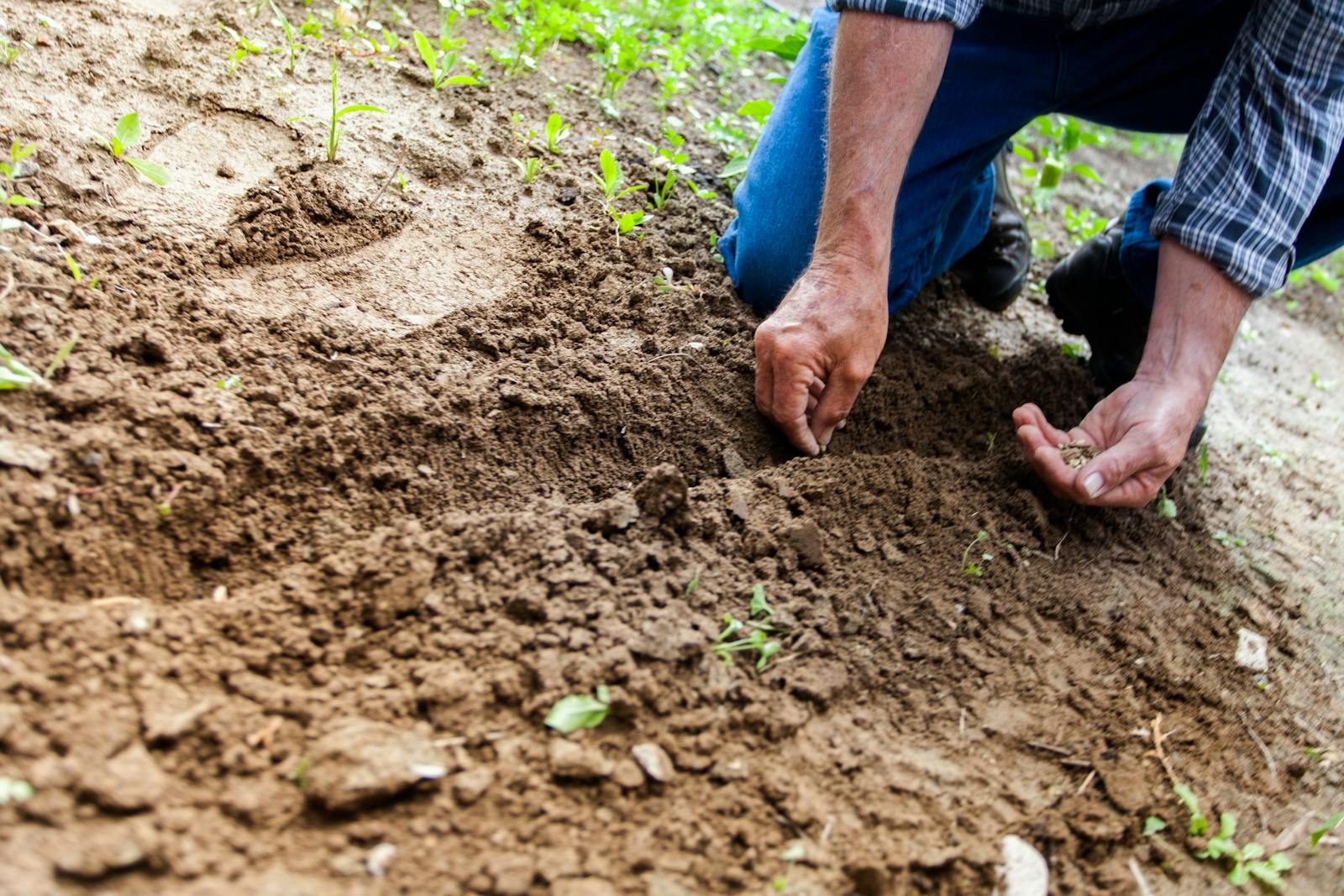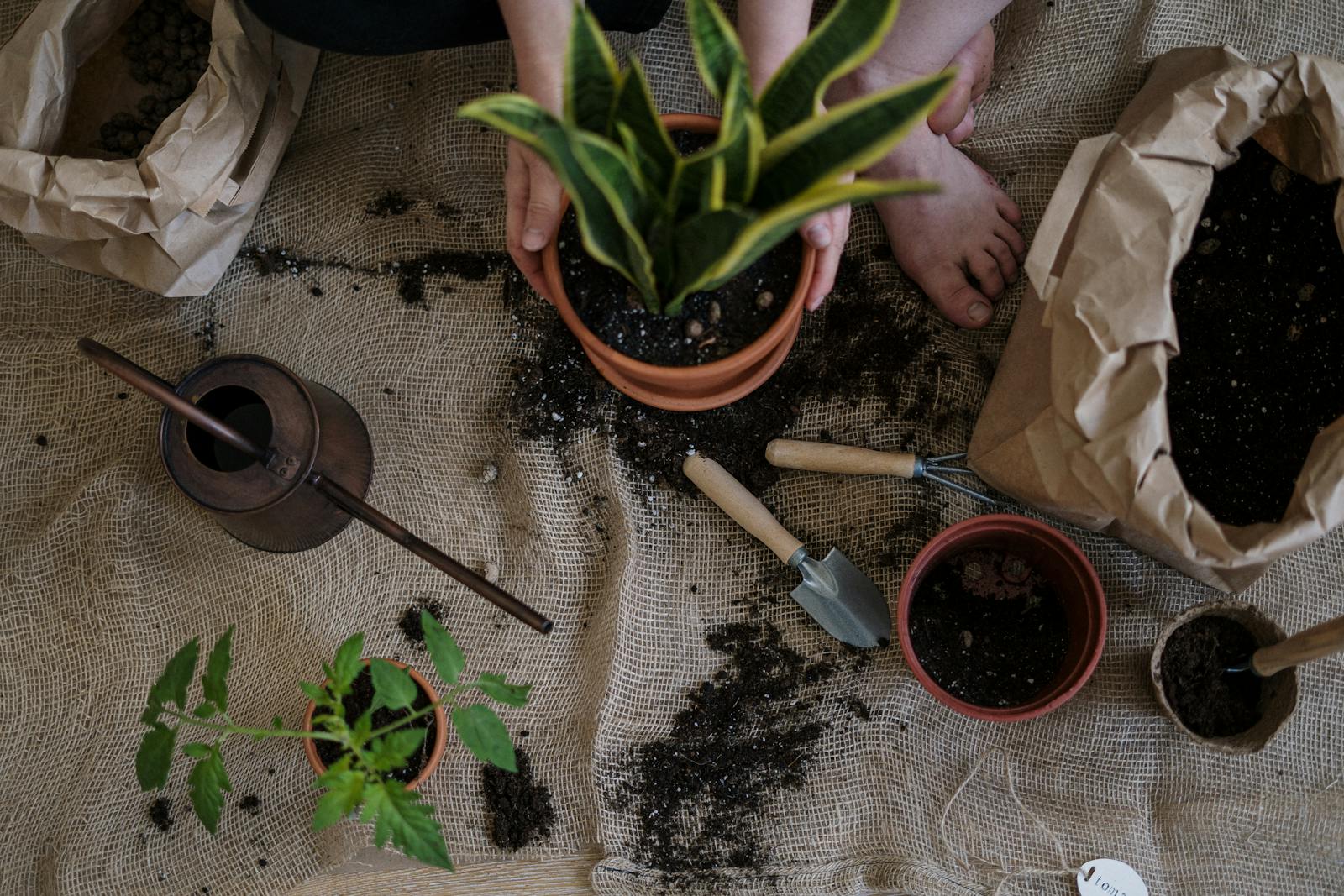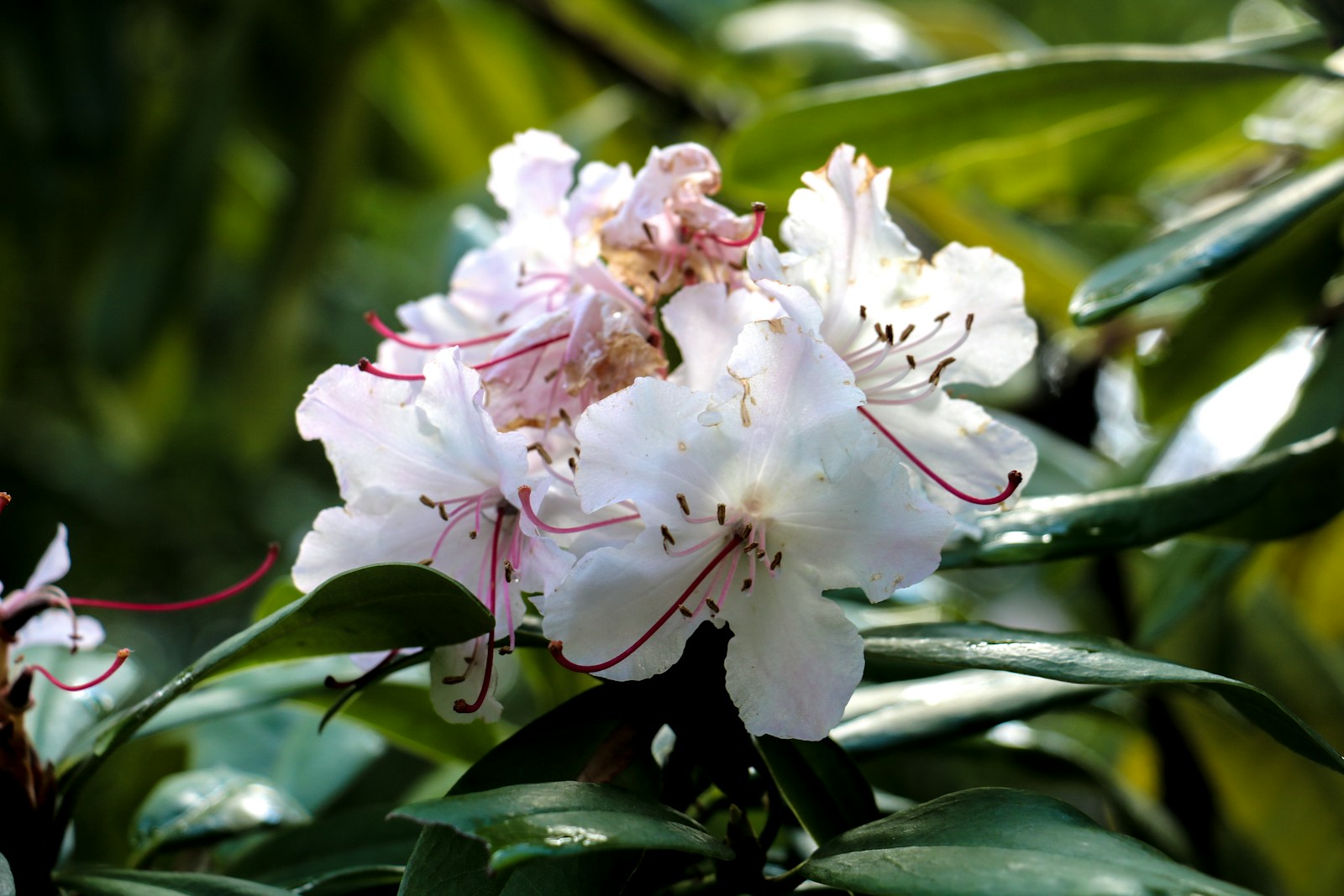Companion Planting for Better Yields
What Is Companion Planting?
Companion planting is the practice of growing different plants near each other to enhance growth, flavor, and natural pest resistance. This method mimics natural ecosystems where plants support one another, reducing the need for chemicals and boosting overall garden health.
Common examples include planting basil near tomatoes to improve flavor and repel insects or pairing carrots with onions to deter root maggots. By understanding plant relationships, you can create a harmonious garden that thrives with less effort.
Benefits of Companion Planting
The advantages of companion planting go beyond aesthetics. Pairing the right crops can lead to better pollination, improved soil health, and fewer pests. Some combinations even help each other grow by exchanging nutrients or shading roots to reduce evaporation.
Companion planting is also great for maximizing space in smaller gardens. It allows you to grow more in less area without compromising quality. When done thoughtfully, it supports a balanced ecosystem that results in higher yields and healthier plants. Additionally, companion planting can help deter pests and attract beneficial insects, creating a more sustainable gardening environment. As a result, companion planting benefits for gardeners by reducing reliance on chemical pesticides and enhancing soil health. This symbiotic approach to planting fosters a thriving garden that can sustain itself over time.
Pairing for Pest Control
One of the biggest perks of companion planting is natural pest management. Certain plants emit scents or chemicals that deter insects. For instance, marigolds help repel nematodes and aphids, while garlic can protect nearby vegetables from beetles and borers.
Trap crops, like nasturtiums, attract pests away from valuable vegetables, serving as sacrificial plants. Incorporating these companion plants into your layout reduces reliance on pesticides and keeps your crops safe using nature’s defenses.
Combining for Flavor Enhancement
Some companions don’t just grow well together—they taste better, too. Aromatic herbs like basil, thyme, or dill can enhance the flavor of nearby vegetables. Tomatoes paired with basil are a classic example, creating both culinary and growing harmony.
This flavor synergy happens because herbs release compounds that influence the surrounding plant’s chemistry. Choosing compatible flavor pairs in your companion planting strategy not only boosts garden performance but also enriches your kitchen harvest.
Boosting Soil Health Naturally
Healthy soil is the foundation of a thriving garden. Certain plants, like legumes (beans and peas), fix nitrogen into the soil, benefiting heavy feeders like corn or leafy greens. This natural nutrient cycling is a key benefit of companion planting.
Root systems also play a role—deep-rooted plants help break up compacted soil, while shallow-rooted ones protect the surface. Mixing root depths improves aeration and drainage, supporting overall soil structure and long-term fertility without synthetic fertilizers.
Maximizing Space in Small Gardens
Companion planting is especially useful for gardeners working with limited space. By growing vertically or layering plant types with different heights and root systems, you can make the most of every inch. Tall crops like corn can provide natural support for climbers like beans, while ground covers such as squash shade the soil and suppress weeds.
This strategic pairing lets you grow more with less, reducing competition and increasing productivity. Whether you’re using raised beds or containers, companion planting helps you design a thriving, space-efficient garden that produces more than you’d expect.
Classic Companion Planting Combinations
Many companion planting pairs have stood the test of time. “The Three Sisters”—corn, beans, and squash—is a classic Native American trio. Corn provides support for beans, beans fix nitrogen for all, and squash suppresses weeds and retains moisture with its broad leaves.
Other popular combos include tomatoes and basil, cucumbers and dill, and carrots with onions. These time-tested pairs demonstrate how thoughtful placement can lead to healthier growth, fewer pests, and bigger harvests, all through the power of plant synergy.
Plants That Should Not Be Paired
Just as some plants benefit each other, others compete or even hinder growth. For example, don’t plant onions near beans or peas, as they can stunt legume development. Potatoes and tomatoes may attract the same pests and diseases, so avoid planting them side by side.
Fennel is a notorious lone wolf—it inhibits growth in most garden vegetables. Understanding incompatible pairs is just as important in companion planting as knowing which ones thrive together. Avoiding poor matches keeps your garden balanced and productive.
Using Flowers as Companion Plants
Flowers aren’t just pretty—they’re powerful allies in companion planting. Marigolds repel aphids and nematodes, nasturtiums lure pests away from crops, and sunflowers provide shade and structure for climbing beans. Plus, flowers attract pollinators that improve vegetable yields.
Planting flowers among your vegetables boosts biodiversity, which in turn strengthens your garden’s natural defenses. Integrating flowers into your companion planting layout adds color and beauty while serving a vital role in your garden’s ecosystem.
Timing and Succession Planting
Companion planting isn’t just about placement—it’s also about timing. Succession planting means following one crop with another that benefits from the previous plant’s presence. For example, plant peas early in spring to fix nitrogen, then follow with a nitrogen-loving leafy green.
Staggering plantings extends your harvest and maximizes bed use throughout the season. By combining companion planting with succession strategies, you’ll improve soil health and maintain a continuous flow of fresh produce, all with thoughtful scheduling and rotation.
Frequently Asked Questions
What is companion planting and how does it work?
Companion planting is the practice of growing certain plants together to benefit each other. It works by enhancing growth, deterring pests, improving flavor, or enriching the soil. For example, basil can help repel insects and boost tomato flavor, while legumes fix nitrogen to nourish leafy greens. This method mimics natural ecosystems, creating a balanced, productive garden. Whether you’re planting in-ground, in raised beds, or containers, pairing compatible plants can reduce the need for chemical treatments and lead to better harvests with fewer issues.
What are the best companion planting combinations?
Some of the best companion planting combinations include tomatoes with basil, carrots with onions, and cucumbers with dill. Beans pair well with corn and squash in the classic “Three Sisters” model. Marigolds are often used to repel nematodes and aphids near most vegetables. These pairings offer benefits like pest resistance, improved flavor, and better nutrient use. Choosing the right companions depends on your garden layout, plant preferences, and climate, but these classic combinations are a great place to start.
Are there plants that should never be planted together?
Yes, some plants are incompatible and should be kept apart. For example, onions and garlic can stunt the growth of beans and peas. Tomatoes and corn often attract similar pests, so pairing them can worsen infestations. Fennel is another plant that generally doesn’t play well with others, as it inhibits the growth of nearby vegetables. Knowing these poor companions is just as important as knowing good ones, helping you avoid competition, disease, or nutrient imbalance in your garden.
Can companion planting help reduce pests naturally?
Absolutely. Companion planting is one of the most effective natural pest control methods. Many herbs and flowers emit scents that deter insects, while others attract beneficial predators. For instance, planting nasturtiums as trap crops can draw aphids away from vegetables, and marigolds can repel nematodes. Meanwhile, flowers like alyssum and dill attract ladybugs and hoverflies that feed on garden pests. These pairings reduce the need for chemical pesticides and contribute to a more balanced, eco-friendly garden system.
How do I start companion planting in a small space?
You can start companion planting even with limited space using containers, raised beds, or vertical gardening techniques. Choose plant pairs with similar water and sunlight needs, and ensure there’s enough room for each to grow. Mix herbs like basil or thyme with vegetables like tomatoes or peppers in the same pot, or layer short plants under taller ones to maximize space. With proper planning, companion planting in small spaces can lead to better yields, fewer pests, and healthier plants without requiring a large footprint.
© 2025 GardeningandDecor.com. All rights reserved.



